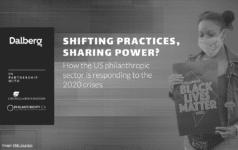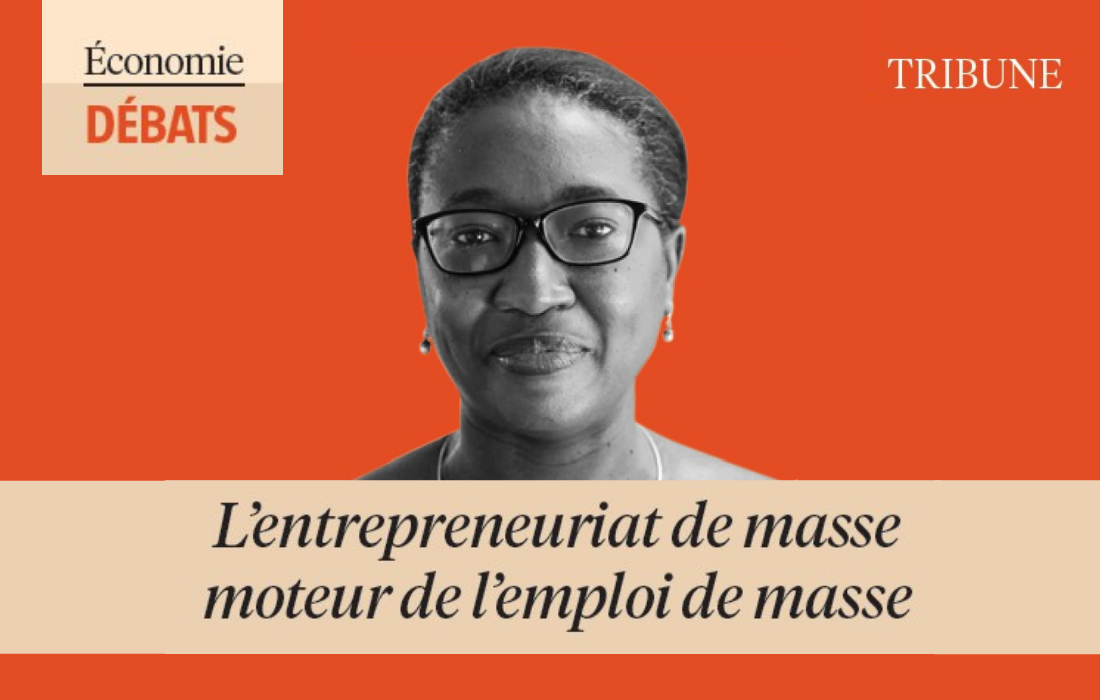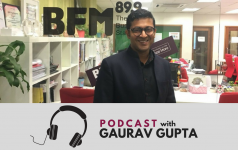Dalberg uses cookies and related technologies to improve the way the site functions. A cookie is a text file that is stored on your device. We use these text files for functionality such as to analyze our traffic or to personalize content. You can easily control how we use cookies on your device by adjusting the settings below, and you may also change those settings at any time by visiting our privacy policy page.
On June 15, 2017, Jeff Bezos, Founder and CEO of Amazon, posted on Twitter a “request for ideas” for philanthropy. Rachna Saxena responds to his call for advice.
Dear Jeff –
Over the past 10 days, you have received over 40,000 messages with suggestions for your philanthropy strategy. Clearly, you have no shortage of ideas. However, the key to successful philanthropy lies not just in finding good ideas, but also in executing them well. Here are four recommendations for executing your strategy, incorporating the Day 1 principles that have made your businesses a success:
1) Pick the right “right now” solution
While many solutions can help people “right now,” not all of these will achieve that elusive lasting impact. For instance, giving a meal to a malnourished child may diminish his hunger today, but he will still face malnutrition tomorrow. However, there are key inflection points in individuals’ lives during which a short-term solution can actually prevent long-term suffering, and thus have lasting impact. For instance, think about evictions caused by unexpected financial difficulties such as a medical emergency. When a family is evicted from its home, this can begin a downward spiral that makes it difficult to keep kids in school or hold down a job. The eviction affects credit scores, making it harder to receive financial support in the future. In addition, landlords are often reluctant to rent to individuals that have been evicted in the past. But what if these families received small loans or grants to cover these emergencies and avoid eviction? A small-scale, seemingly short-term solution like a cash transfer, provided at a critical juncture, can actually bring about lasting impact for these families.
2) Scale your impact by addressing structural challenges
And yet, while a solution such as a cash transfer can help an individual family, it is not enough. There are millions of renters facing eviction in the US; even if you provided a cash transfer to each one of them, it would not stop evictions from happening to others the next month. But what if you combined short-term interventions with additional solutions that addressed the underlying structural challenges? Creating financial management support services for at-risk households to help them prepare for unexpected expenditures, building more affordable housing, or offering legal support for renters in housing court could all address the structural drivers of eviction. By combining short-term interventions that have lasting impact on individuals with “longer-term” solutions that address these structural challenges, your impact can be amplified.
3) Maintain a passion for experimentation
A common criticism of philanthropic organizations is that they are stuck in Day 2 – hindered by slow decision-making and bogged down in complex processes for developing solutions. Some organizations are now trying to change this, and that’s one reason why approaches like conditional cash transfers are receiving increased attention—not only because of growing evidence of positive outcomes, but also because they represent a disruption to standard development programming. By maintaining your Day 1 perpetual start-up approach in your philanthropy strategy and embracing disruptive ideas that you can test and refine, you will be embarking on a new philanthropic path. This approach not only can help develop impactful new ideas, but also can provide a new and more agile framework for how to conduct philanthropy which others can follow.
4) Obsess over your end-beneficiaries
There is often a power imbalance between donors and end-beneficiaries, with one side providing the funding or selecting interventions and the other simply receiving. This can lead to a variety of complications, ranging from inappropriate solutions to distrust between the two parties. Donors attempt to work around this imbalance through tools such as surveys, focus groups, and engagement with community-based organizations in order to understand their end-beneficiaries. Some organizations are moving beyond these tools to human-centered design (which enables a deeper understanding of recipient needs) or models such as peer review grantmaking (which enables the recipients to determine where the money should go). At Amazon, you are focused on understanding and delighting your customers, providing both what they desire and also inventing on their behalf. Customers didn’t ask for Amazon Prime, but it turns out they wanted it en masse. Philanthropy needs this kind of obsessive focus on its “customers” or end-beneficiaries. You can embrace the new approaches such as human-centered design and continue to find new ways to effectively serve your recipients.
The intersection between urgent need and lasting impact is most powerful if it not only improves the lives of individuals, but also can create systemic change. Applying your business philosophies to these solutions can help you help people right now—and also transform the ways we go about helping people for years to come.

















